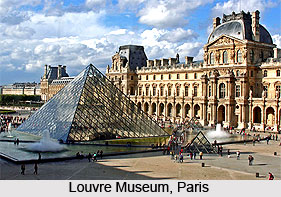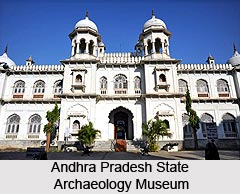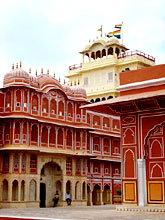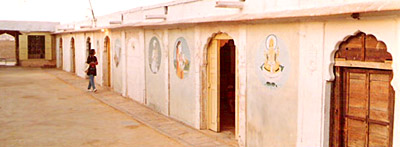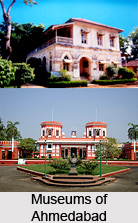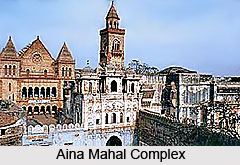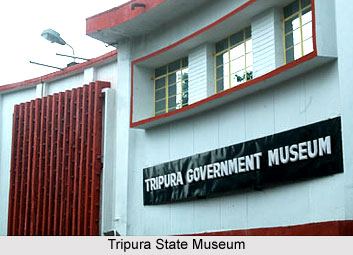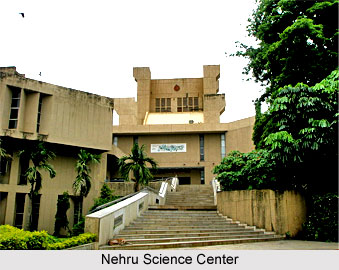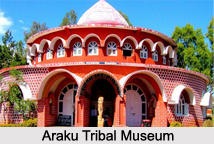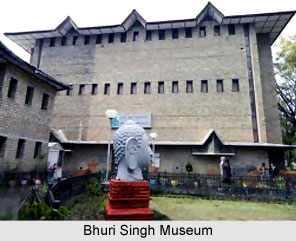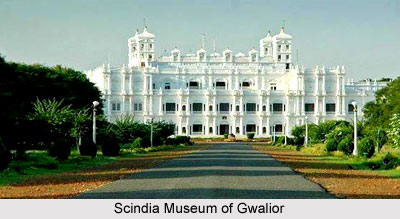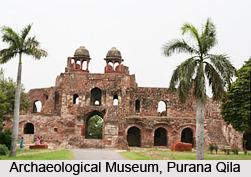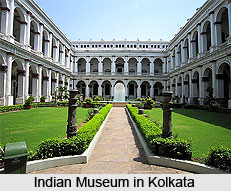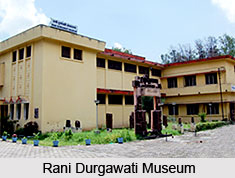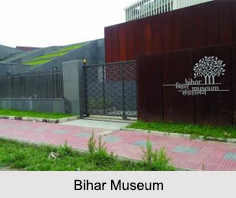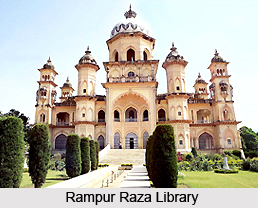 Collections of Rampur Raza Library constitute Indo Islamic heritage as well a huge knowledge base accumulated over years. Rare and unique assortment of manuscripts in various languages including Persian, Arabic, Sanskrit, Hindi, Urdu, Tamil and others are also housed in the library. An appreciable collection of miniature paintings of Awadh, Kangra, Deccani, Rajput, Persian and Mughal and other schools of arts also grace the library. The manuscripts and printed books in Rampur Raza Library amount to about 17,000 and 60,000 in number. Rare specimen of Islamic calligraphy numbering about 3000, 5000 miniature paintings, 60000 printed books, ancient astronomical instruments, Nawabi antiquities and about 1500 coins of copper, silver and gold belonging from 5th century B.C to 19th century A.D are also preserved in the library.
Collections of Rampur Raza Library constitute Indo Islamic heritage as well a huge knowledge base accumulated over years. Rare and unique assortment of manuscripts in various languages including Persian, Arabic, Sanskrit, Hindi, Urdu, Tamil and others are also housed in the library. An appreciable collection of miniature paintings of Awadh, Kangra, Deccani, Rajput, Persian and Mughal and other schools of arts also grace the library. The manuscripts and printed books in Rampur Raza Library amount to about 17,000 and 60,000 in number. Rare specimen of Islamic calligraphy numbering about 3000, 5000 miniature paintings, 60000 printed books, ancient astronomical instruments, Nawabi antiquities and about 1500 coins of copper, silver and gold belonging from 5th century B.C to 19th century A.D are also preserved in the library.
Manuscripts of Rampur Raza Library
A number of palm leaf manuscripts written in Malayalam, Telugu and Tamil languages are also included amongst the collections. Large sized manuscripts of a reputed scholar, physician and scientist Rashidud-din Fazullah, called Jamiut-Twarikh is a treasured possession. Shah Nama authored by Firdausi in A.D.1430 is another illustrated manuscript along with 52 paintings. Other illustrated manuscripts of Rampur Raza Library include Masnavi Laila Majnu by Nizami Ganjvi (in Nastaliq script), manuscript of Abdur Rahman Jami written by Jamalud-din-Katib Shirazi (in Nastaliq characters), Diwan-i-Hafiz (Nastaliq script) scribbled during the regime of Mughal Emperor Akbar bearing eleven miniatures,
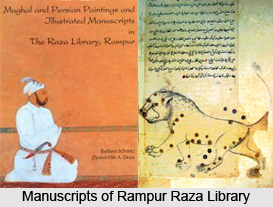 Kalila-wa-Dimna by Sultan Muhammad bin Nurullah (in Persian Nastaliq script) which is the Persian translation of Panchatantra and many more. For this outstanding collection, the library has been chosen amongst the World Heritage Manuscripts by the Ministry of Culture, Government of India. Some prominent ones belonging to the Mughal era include Majalisul-Ushshaq, Diwan-i-Urfi Shirazi and Gulshan-i-Sadi. Another interesting manuscript is of Valmiki Ramayana in Persian which has been translated by Sumer Chand during the rule of Mughal Emperor Farrukh Siyar in 1715 A.D. It contains 258 illustrations. Rampur Raza Library has translated, edited and published a number of manuscripts from the collection. The translation of Valmiki Ramayana was released on 8th May 2012 for making it accessible to the people owing to its cultural and historical significance.
Kalila-wa-Dimna by Sultan Muhammad bin Nurullah (in Persian Nastaliq script) which is the Persian translation of Panchatantra and many more. For this outstanding collection, the library has been chosen amongst the World Heritage Manuscripts by the Ministry of Culture, Government of India. Some prominent ones belonging to the Mughal era include Majalisul-Ushshaq, Diwan-i-Urfi Shirazi and Gulshan-i-Sadi. Another interesting manuscript is of Valmiki Ramayana in Persian which has been translated by Sumer Chand during the rule of Mughal Emperor Farrukh Siyar in 1715 A.D. It contains 258 illustrations. Rampur Raza Library has translated, edited and published a number of manuscripts from the collection. The translation of Valmiki Ramayana was released on 8th May 2012 for making it accessible to the people owing to its cultural and historical significance.
Paintings of Rampur Raza Library
Another great attraction in the library is formed by the miniature paintings. A Prominent one among these is an album of Emperor Akbar, popularly known as Tilism, with 157 paintings. It was prepared by the celebrated painters of Akbar at Fatehpur, illuminating the practices and beliefs of Indian people in 16th century AD and depicting different professions. Hypnotic and magical practices with supernatural objects have also been well portrayed by the painters. The paintings of different artists have been identified on the basis of their distinct styles as the paintings do not bear any signatures. The most significant painting in the album constitute a large painting of the emperor atop lions, leopards, tigers and other similar animals which signifies the zodiac sign of his birth, Leo. Other beautiful paintings comprise depiction of varied personalities, intriguing themes, facial expressions, attires, ornaments, intricate patterns and others. Being keenly interested in art and culture, Akbar had greatly encouraged the painters of his kingdom to paint a plethora of topics. Apart from these 32 other albums of comprising Mughal paintings have also been preserved which beautifully depicts socio-economic aspects of Indian life in 16th and 17th century A.D.
